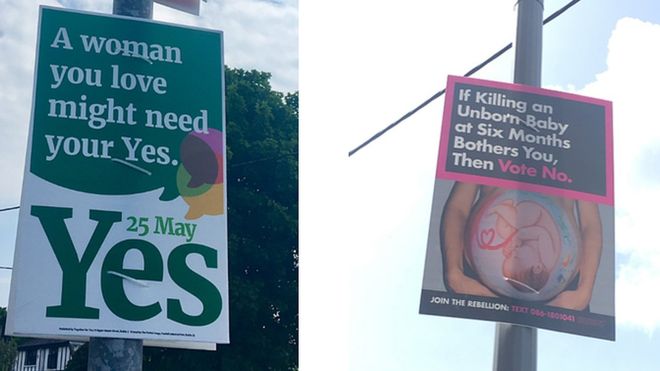Aug 26 2019
False Memories and Fake News
 Here’s yet another reminder that our memories are reconstructed fabrications our brains use to reinforce existing narratives. A new study of 3,140 participants finds that exposing people to fake news created false memories of the depicted events in about half of subjects.
Here’s yet another reminder that our memories are reconstructed fabrications our brains use to reinforce existing narratives. A new study of 3,140 participants finds that exposing people to fake news created false memories of the depicted events in about half of subjects.
What the researchers did specifically was show people in Ireland prior to the 2018 referendum on abortion, six news stories, two of which were fake. One of the fake stories was about campaign posters being destroyed after it was discovered that they were illegally funded by an American. Later, about half of the subjects reported false memories regarding at least one of the two fake stories. About one third of the subjects included details in their fake memories that were not included in the original stories.
Further, subjects were more likely to form false memories if the fake news dealt with a scandal for the other side (so “yes” voters were more likely to form false memories regarding a scandal involving the “no” vote). And perhaps most concerning, when the subjects were told which news stories were fake, this only decreased the false memories slightly. It did not correct the effect.
None of this is entirely new, but it is the first study like it involving a real-time political event. This research reinforces what psychologists have been demonstrating for years – that memories are constructed, and then reconstructed in remembering, that memories are partly thematic and the details will morph to fit the theme, and that fake memories are relatively easy to create. Once formed a fake memory feels just like a real memory. They are just as vivid and compelling as a genuine or more accurate memory. Vividness does not predict accuracy, despite the fact that this is what most people assume.
The study also reinforces prior research regarding motivated reasoning. The false memories were more likely to form if they reinforced existing political narratives. The false memories were then hard to correct with factual information.
To make matters worse, this vulnerability in human memory is being weaponized in order to manipulate the public. This is being done at multiple levels, from entire networks dedicated to partisan propaganda, down to individual viral fake memes. Fake or distorted news then spreads quickly through political fertile ground, where it further reinforces existing political narratives. This goes beyond just giving information – this creates an alternate reality, complete with false memories to support it. Tie this with emotional appeals, fear, virtue-signaling, identity politics, and tribalism and you have a powerful recipe for dividing the public into separate camps that can no longer share a common reality.
To some extent this has always been the case, and the current times we live in with social media and partisan politics is just a matter of degree. But also, it’s more than that, because even if it is only different in intensity, at some point different opinions become different realities. Beyond that point people start to take their differences more personally. The other side becomes an existential threat. Those who disagree are not just wrong, they are evil. We lose the common ground of agreed-upon facts. People actually remember history differently, and stop trusting experts as neutral arbiters of facts.
How bad can it get? History does not paint a reassuring picture.
But there are things we can do. The current study also showed that greater cognitive ability was somewhat protective of this effect, especially the influence of partisan allegiance. Yes this reinforces my existing narrative, but I think it is a reasonable one – that self-knowledge and critical thinking skills are protective against bias and manipulation (not immunity, but resistance).
Further, we can think as a society about how information is flowing through the system. The low-hanging fruit are social media algorithms and policies. Facebook tried dealing with fake news by placing a warning label on suspected fake new, but that did not work so they abandoned the project. Now they are adjusting their algorithms to reduce the spread of fake news.
But perhaps a bigger problem is the blurring of news with partisan entertainment. I suspect this genie is out of the bottle. In the past broadcast networks were bound by the Fairness Doctrine. They had to give equal time to opposing political views and candidates. This rule was abolished in 1987. In part this made sense – limited broadcast bandwidth was deemed a public resource. But when cable hit and the number of channels exploded, it seemed less necessary. But abolishing the Fairness Doctrine opened the floodgates to what we have now, news outlets that not only have an editorial spin, they are virtually propaganda outlets. They are optimized for attracting and keeping eyeballs, which means catering to emotion and supporting existing narratives. Constantly enraging your viewers is apparently a good business model.
I doubt we can go back to the Fairness Doctrine, and I’m not sure we should. But given what we know about human memory and motivated reasoning, we do need to think carefully about the results of this sociological experiment we are conducting. Has it really created the kind of world we want to live in? Perhaps the harder question – what exactly can we do about it? At the very least, we need to prioritize education and critical thinking. It seems that any modern democracy can only thrive with a media-savvy public.






